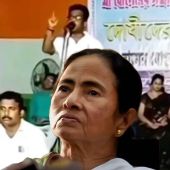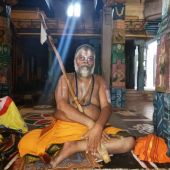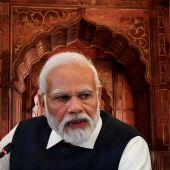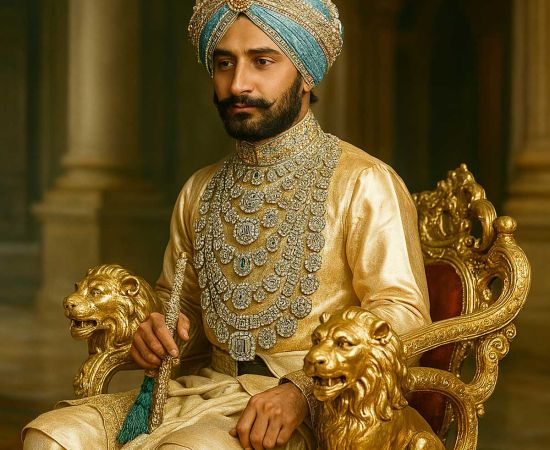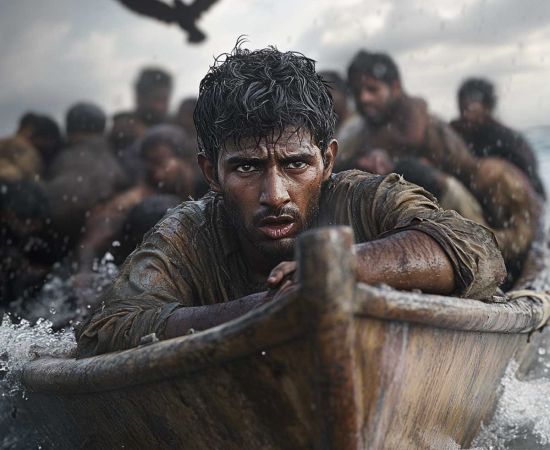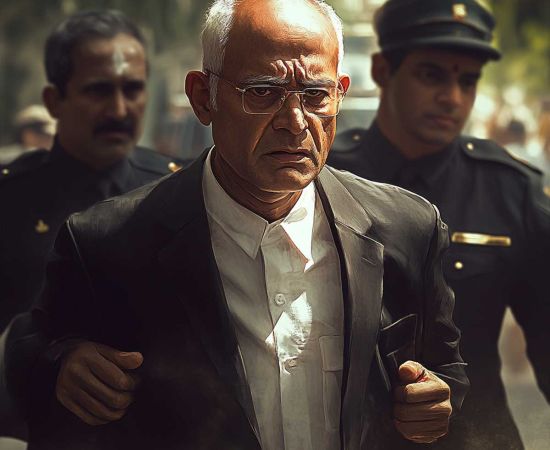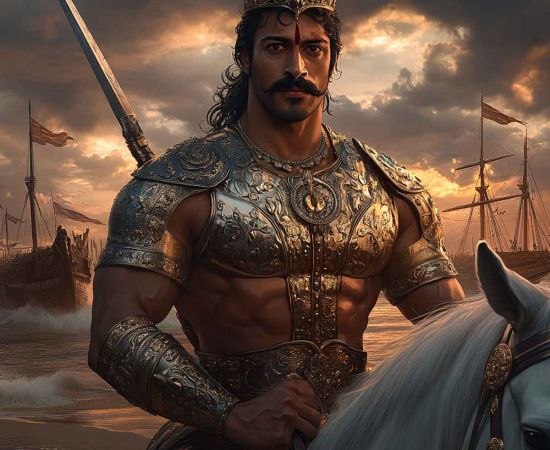Tonkham Borpatra Gohain: Ahom general who badly defeated Afghan forces killing Islamic commander Turbak Khan in 1533 CE, battle took place at Duimunisila along banks of mighty Bharali River
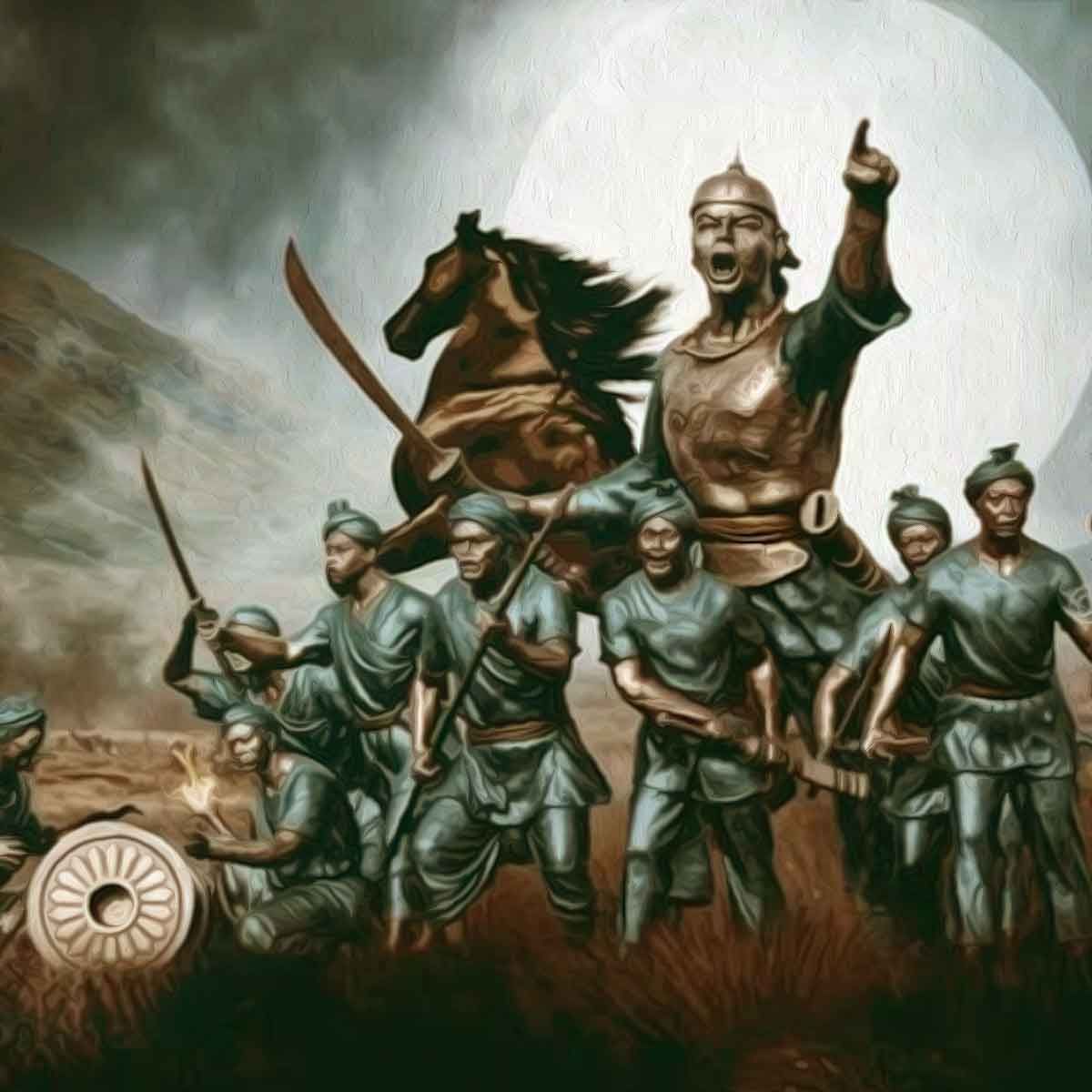
It was the year 1533 CE. Turbak Khan, the experienced Afghan general of Nasiruddin Nasrat Shah, the Sultan of Bengal, attacked Assam with a huge army.
Nasiruddin Nasrat Shah was the son of Ala- ud-din Husain Shah, founder of the Hussain Shahi dynasty in Bengal. He usurped the throne of Bengal after assassinating Shams-ud-Din Muzaffar Shah, an Abyssinian Sultan. After his death in 1519, he was succeeded by his son Nasrat Shah. The Sultan’s army commandeered by Turbak Khan was armed with guns and cannons among other weapons used in battle during that time.
According to the book War Drums of Eagle King written by P.W. Ingty, “Turbak was given command over a large army comprising of both land and naval forces, and with this impressive and powerful army, he invaded the territories under Ahom influence. The forces led by Turbak Khan were well equipped with sufficient rations and armaments; their soldiers were well trained and seemed unbeatable as they moved steadily on the north bank of the Brahmaputra towards the core of the Ahom-held territories.”
Ahom king Suhungmung was then the ruler of Assam. The 14th Ahom ruler, he ascended the throne of the Ahom kingdom under the title of Swarganarayan and Dihingia Raja in 1497. Under his rule, the Ahom kingdom expanded beyond the previous borders.
Suhungmung’s army was commandeered by his general, Tonkham Borpatra Gohain (Barpatra Gohain is a title given by the king to the 3rd in rank in the Ahom court of ministers). The battle took place at Duimunisila along the banks of the mighty Bharali River. In the words of Leslie Shakespear in his book History of Upper Assam, Upper Burmah, and North-Eastern Frontier, the Ahom Raja “sent large reinforcements by land and river. Turbak’s forces were defeated, he himself killed, and his head, as was customary, was sent for burial on Charaideo hill. The beaten and disorganized forces were pursued by the victorious Ahoms through Koch territory to the Karatoya River.”
The battle of Duimunisila in 1533 is the last of a series of battles fought between Turbak Khan and the Ahom forces that started in 1532.
The first battle was fought between Turbak and Ahoms at Singri. This battle was commandeered by Suklen, the son of Suhungmung. Suklen was defeated and wounded in this battle. The Ahom forces retreated over to the south bank of the Brahmaputra. The Mohammedan forces followed. Several more battles followed at different places with neither party at the winning end. The Ahoms made a change in their war tactics this time. They positioned themselves in such a way so as to cut off all supply and communication lines of the army of Turbak Khan with their homeland and headquarters at Gauda, Bengal.
In the words of P.W. Ingty, “The indomitable Turbak Khan, however, decided to press on with his expedition in spite of this setback and also to depend upon locally available resources. Turbak Khan’s forces soon reached the Dikrai River, where they found that the Ahoms had positioned themselves on the other bank of the river under Ahom general Tonkham, an experienced fighter….Suhungmung had entrusted Ahom general Tonkham with the task of driving back the Muslim invaders. At this point in time, Turbak Khan’s army was already running low on rations and there were no fresh supplies or reinforcements coming from Gauda. As a consequence of which the troops under Turbak Khan were in no position to take on the strongly entrenched Ahoms”.
The Mohammedan forces waited and watched. The Ahom forces laid on them a series of guerilla attacks, which not only reduced the numbers of the enemy forces but also dampened their morale and spirits. In a few days’ time, Turbak’s army weakened further. And the final battle took place at Duimunisila. The defeat of Turbak’s naval forces weakened Turbak’s battle strength and he was ultimately killed by the Ahom general. Historical references find mention of the first use of firearms by the Ahoms in these battles.
Leslie Shakespear further writes, “At the fight, the recorded Mahomedan losses were over 2500 men, twenty-two ships and many big guns; so that with the losses in the pursuit the Moghul casualty list must have been a long one; while the booty that fell to the pursuers is stated to have been twenty-eight elephants, a great number of guns and matchlocks, with a quantity of gold and silver ornaments and utensils. It is now that we find the Ahoms taking to firearms and utilizing the numbers captured from the Moghuls in preference to bows and spears.”
After Turbak was killed, the Ahom forces of Suhungmung pursued the Mohammedan army to the Karatoya River in present-day North Bengal. Later, the captured prisoners of war were allowed to settle in Assam.
 Ahom dynasty (1228–1826) ruled the Ahom Kingdom in present-day Assam, India for nearly 598 years |
References:
Saffron Swords: Centuries of Indic Resistance to Invaders - Manoshi Sinha Rawal, Yogaditya Singh Rawal
 Support Us
Support Us
Satyagraha was born from the heart of our land, with an undying aim to unveil the true essence of Bharat. It seeks to illuminate the hidden tales of our valiant freedom fighters and the rich chronicles that haven't yet sung their complete melody in the mainstream.
While platforms like NDTV and 'The Wire' effortlessly garner funds under the banner of safeguarding democracy, we at Satyagraha walk a different path. Our strength and resonance come from you. In this journey to weave a stronger Bharat, every little contribution amplifies our voice. Let's come together, contribute as you can, and champion the true spirit of our nation.
 |  |  |
| ICICI Bank of Satyaagrah | Razorpay Bank of Satyaagrah | PayPal Bank of Satyaagrah - For International Payments |
If all above doesn't work, then try the LINK below:
Please share the article on other platforms
DISCLAIMER: The author is solely responsible for the views expressed in this article. The author carries the responsibility for citing and/or licensing of images utilized within the text. The website also frequently uses non-commercial images for representational purposes only in line with the article. We are not responsible for the authenticity of such images. If some images have a copyright issue, we request the person/entity to contact us at satyaagrahindia@gmail.com and we will take the necessary actions to resolve the issue.
Related Articles
- "समुद्रातळ शिवाजी": Behold mighty Kanhoji Angre, born 1669 in Harne, a fearless Maratha Navy hero ruling the Arabian Sea from Surat to Konkan with 80 ships, smashing British, Dutch, and Portuguese foes for 40 years, fortifying Vijayadurg and Alibag
- British author Tunku Varadarajan tried to tarnish the image of iconic freedom fighter Netaji with reference to Hitler: Sinister agenda to malign the legacy of Netaji from calling him a ‘flawed hero’ to a ‘Nazi sympathiser’
- "Behold it is born. It is already sanctioned by the blood of martyred Indian youths": Madam Bhikhaiji Cama, the Brave lady to first hoist India’s flag on foreign Soil - Formative Years
- Tirot Singh: An Unsung Hero of the Khasi Tribe who destroyed British with his skill at Guerrilla Warfare
- A troubled childhood - Rajguru: The Invincible Revolutionary
- "A horse gallops with his lungs, perseveres with his heart, and wins with his character”: Shubhrak seeing his master in danger became uncontrollable and threw Qutubuddin on the ground, stomped his chest and head with mighty hooves killing him on the spot
- A revolutionist freedom fighter who the British Raj framed for murder
- Rani Chennamma of Keladi who fought bravely against Mughals and gave shelter to Shivaji’s son Rajaram, killed more than half of the forces of Aurangzeb's son Azamath Ara
- The Eki Movement of hero Motilal Tejawat whose last wish is still waiting to be fulfilled - 100 years of Palchitaria massacre in Gujarat and its cover-up by the British govt
- "Victory are reserved for those warriors who are willing to pay it's price": One of the greatest and undefeated General Zorawar Singh conquered Laddakh, Tibbat,Gilgit, Skardu, Baltistan and defeated army of Imperial Chinese Tibetans in Dogra-Tibetan War
- Bhagat Irwin Gandhi - Martyrdom of Shaheed Bhagat Singh (Some Hidden Facts)
- Letter to Shaheed Sukhdev 5th April, 1929 - Collected work of Shaheed Bhagat Singh and his Co-patriots
- Meet The Dark Knight Of Kargil, Manoj Kumar Pandey, Who Made Rambo Seem Like A Joke
- Unsung Heroine Pritilata Waddedar, Who Shook The British Raj at the age of 21
- Add Vedas and review freedom fighter's portrayal in School textbooks: Parliamentary Committee on Education

